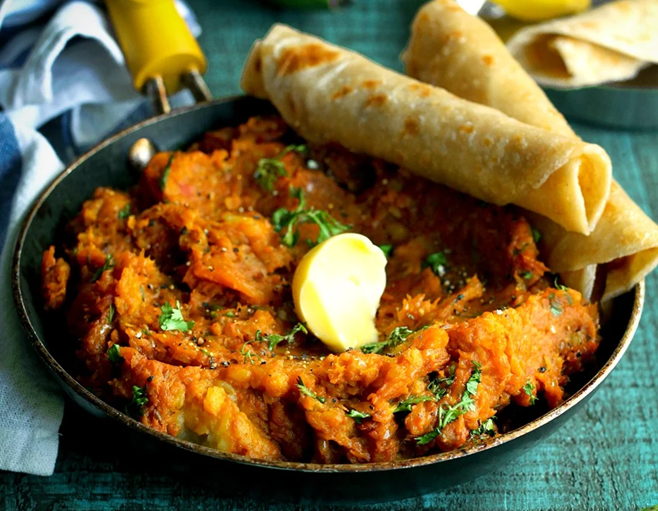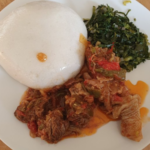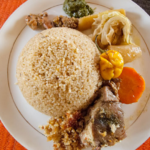East Africa is a region rich in cultural diversity and culinary delights, and one of its most beloved dishes is Matoke. Matoke is a traditional dish made from steamed plantains, a type of banana, and is commonly enjoyed in countries such as Uganda, Rwanda, Tanzania, and Kenya. This article will explore the origins of Matoke, its preparation process, and the savory accompaniments that elevate its flavors.
Matoke has its roots in the indigenous tribes of East Africa, who cultivated and consumed plantains long before the arrival of European influences. Over time, the dish has become a staple in the region, gaining popularity for its versatility, nutritional value, and delightful taste. It is not only a popular home-cooked meal but also a prominent feature in celebratory feasts and special occasions.
To prepare Matoke, unripe plantains are typically used. These are green or slightly yellow in color, with firm flesh that holds up well during cooking. The first step involves peeling the plantains and cutting them into large chunks. The plantain chunks are then placed in a pot or steamer and cooked with a small amount of water until tender. Some variations of Matoke include adding other ingredients such as onions, garlic, tomatoes, and spices like turmeric or curry powder for added flavor.
What sets Matoke apart from other banana-based dishes is its unique cooking method. The plantain chunks are wrapped in banana leaves or foil to create a steam chamber, which helps to retain the moisture and infuse the flavors into the fruit. The pot or steamer is then covered, and the plantains are cooked over low heat until they become soft and mashable.
The result is a dish with a soft, creamy texture and a slightly sweet taste. Matoke can be enjoyed on its own, but it is often served with various accompaniments to enhance the overall flavor profile. One popular accompaniment is groundnut sauce, a rich and savory peanut-based sauce that adds a creamy and nutty element to the dish. The groundnut sauce is made by grinding roasted peanuts and combining them with onions, tomatoes, spices, and sometimes a hint of chili for a slight kick.
In addition to groundnut sauce, Matoke pairs well with other East African dishes such as sukuma wiki (collard greens), nyama choma (grilled meat), or mchuzi wa nyama (meat stew). The combination of the soft, starchy plantains with the robust flavors of the accompaniments creates a harmonious balance that satisfies the palate.
Matoke is not only delicious but also offers several nutritional benefits. Plantains are a good source of dietary fiber, potassium, and vitamins A and C. They are also low in fat and cholesterol, making them a healthy addition to any diet. The steaming method of cooking further preserves the nutrients, ensuring that they are retained in the final dish.
Whether enjoyed in a humble home or at a festive gathering, Matoke holds a special place in the hearts and palates of East Africans. Its simplicity, versatility, and comforting flavors make it a beloved dish that represents the region’s culinary heritage. So, if you find yourself in East Africa or have the opportunity to try Matoke elsewhere, don’t hesitate to savor this delightful dish and explore the rich tapestry of East African cuisine.








